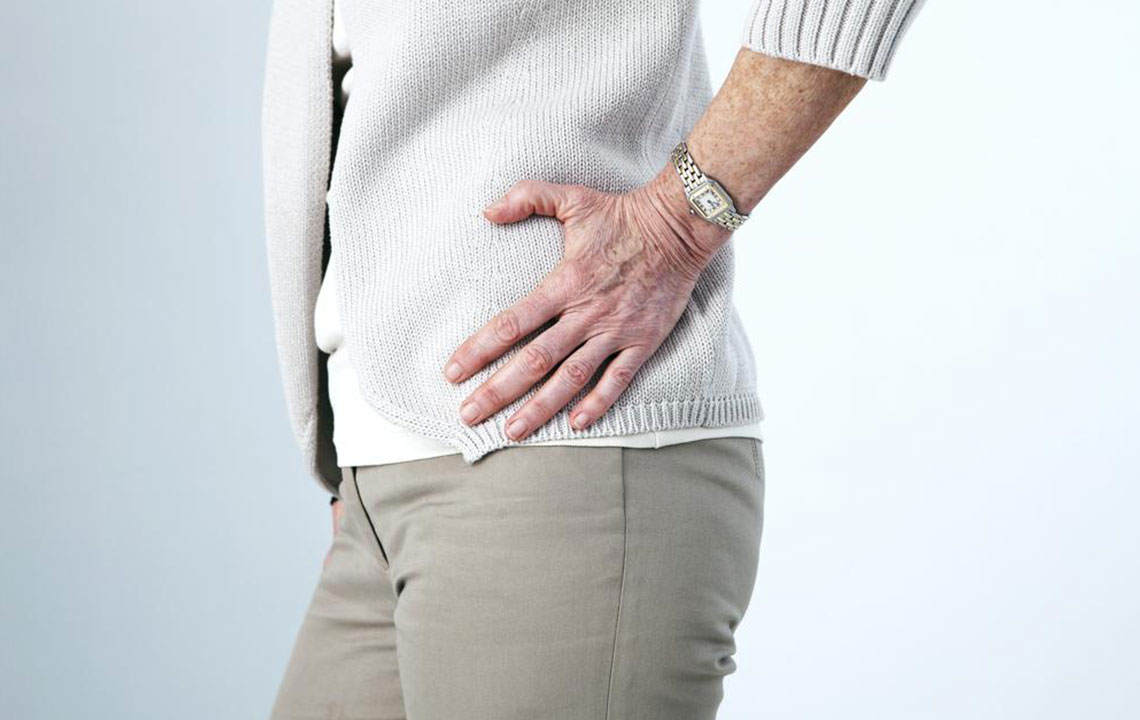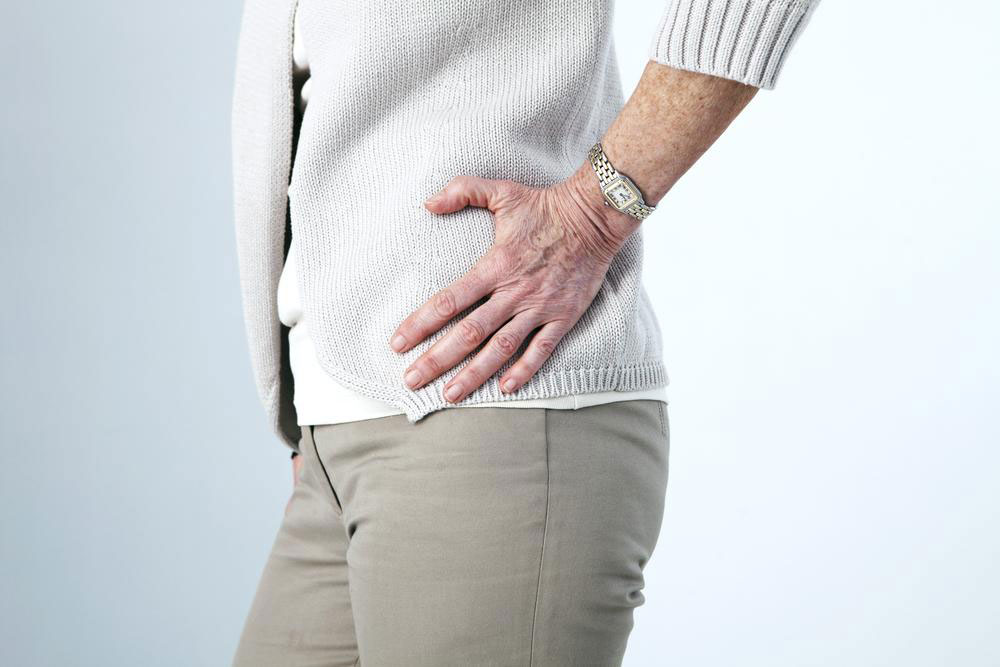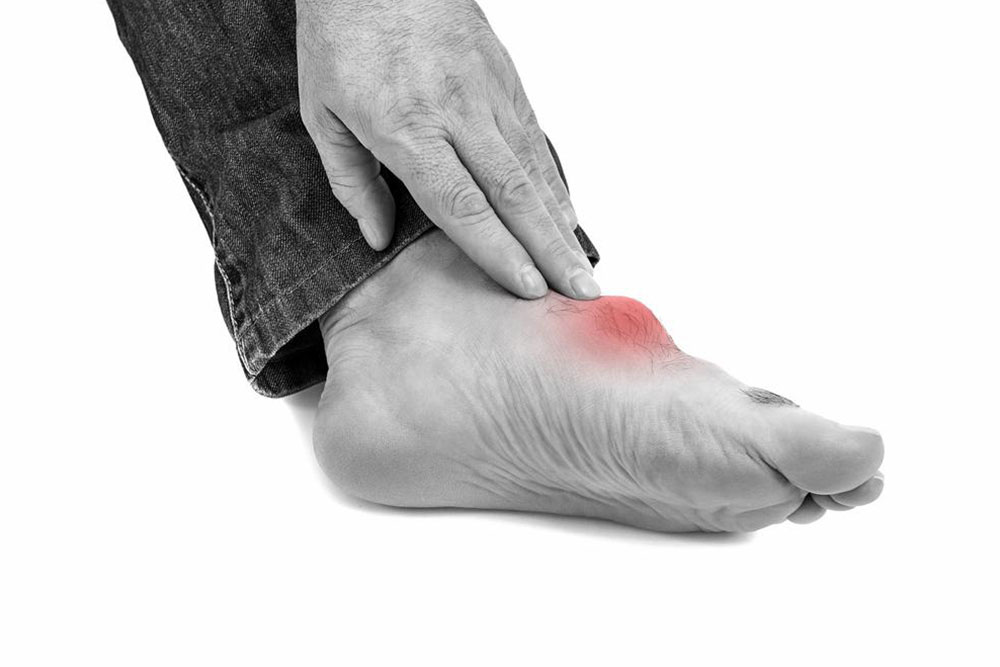Effective Strategies to Alleviate Hip Bursitis Pain
Discover effective methods to alleviate hip bursitis pain, including targeted exercises, injections, and surgery options. Learn how to strengthen your hip muscles, reduce inflammation, and prevent future discomfort through easy-to-follow routines and medical treatments. Always consult a healthcare professional for personalized advice and effective management of this common condition.

Effective Strategies to Alleviate Hip Bursitis Pain
If persistent groin or hip pain worsens with walking or running and radiates down your leg, you might be experiencing hip bursitis. This condition involves inflammation of the bursae—small fluid-filled sacs that cushion hip tendons and bones to reduce friction. Understanding the hip bursae is crucial for targeted treatment. The main bursae in your hip include:
Trochanteric bursa, located between the greater trochanter and gluteal muscle attachments, on the outer hip.
Gluteus medius bursa, situated between the gluteus medius muscle and the greater trochanter.
Iliopsoas bursa, positioned between the iliopsoas muscle and hip bone at the front.
Ischial bursa, found between hamstring tendons and pelvis base.
Ways to Manage Hip Bursitis Discomfort
Physical Activity
Engaging in specific exercises is often recommended to strengthen the hip muscles, prevent atrophy, and restore range of motion. Regular movement not only reduces pain but also minimizes future injury risk. For chronic bursitis, physiotherapy can be beneficial to regain proper function. Simple exercises can provide relief:
Hip Bridges
Targeting hip flexors, glutes, hamstrings, and quadriceps, this exercise enhances overall hip support and strength.
Side Leg Lifts
Focusing on the iliotibial band on the outer thigh, this exercise promotes side-to-side mobility essential for walking and running.
Leg Circles – These improve leg mobility, flexibility, and muscle strength, supporting hip rotation. Perform five sets of 15-20 repetitions daily for optimal results. Avoid overexertion to prevent aggravation of symptoms. If daily routine is challenging, three to four sessions weekly still greatly benefit hip health.
These exercises are simple, requiring only a yoga mat, and can be integrated into daily or weekly routines to prevent future bursitis episodes.
Steroid Injections
When exercises are ineffective, doctors may recommend corticosteroid injections to swiftly reduce inflammation and pain. Typically, one or two shots are administered over a few months.
Surgical Options
Surgery is considered only when other treatments fail. It involves removing inflamed bursae or aspirating excess fluid, providing relief from persistent discomfort.
Implement these approaches for faster recovery. If pain persists or worsens despite treatment, consult an orthopedic specialist promptly to determine the most suitable intervention. Proper management ensures restored mobility and prevents future issues.
Note:
This article provides practical insights into managing hip bursitis, based on current medical understandings. It is meant to empower readers with symptom management strategies but should not replace professional medical advice. Always consult a healthcare provider for personalized diagnosis and treatment options.









